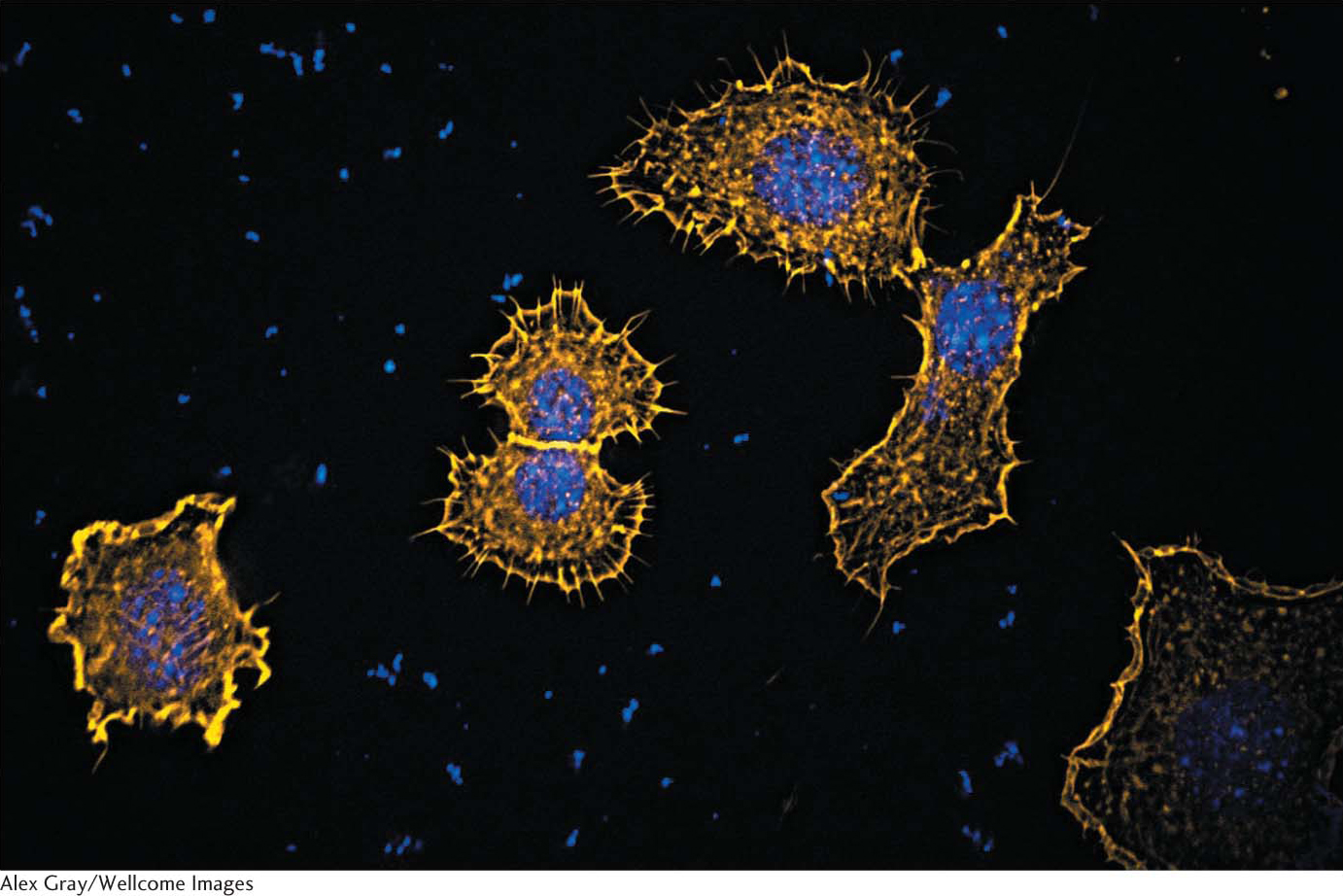
Membrane Structure and Function


Membranes are the interface of two environments: (1) the cell interior and exterior in regard to the plasma membrane and (2) the cellular compartments and the cell interior in regard to internal membranes. Because these interfaces are unique, membranes of different cells and structures are as diverse in structure as they are in function. However, they do have in common a number of important attributes:
Membranes are sheetlike structures, only two molecules thick, that form closed boundaries between different compartments. The thickness of most membranes is between 60 Å (6 nm) and 100 Å (10 nm).
Membranes consist mainly of lipids and proteins. Membranes also contain carbohydrates that are linked to lipids and proteins.
Membrane lipids are small molecules that have both hydrophilic and hydrophobic moieties. These lipids spontaneously form closed bimolecular sheets in aqueous media. These lipid bilayers are barriers to the flow of polar molecules.
Page 206Specific proteins mediate distinctive functions of membranes. Proteins serve as pumps, channels, receptors, energy transducers, and enzymes. Membrane proteins are embedded in lipid bilayers, which create suitable environments for their action.
Membranes are noncovalent assemblies. The constituent protein and lipid molecules are held together by many noncovalent interactions, which act cooperatively.
Membranes are asymmetric. The two faces of biological membranes always differ from each other.
Membranes are fluid structures. Lipid molecules diffuse rapidly in the plane of the membrane, as do proteins, unless they are anchored by specific interactions. In contrast, lipid molecules and proteins do not readily rotate across the membrane.
Most cell membranes are electrically polarized such that the inside is negative. Membrane potential plays a key role in transport, energy conversion, and excitability.